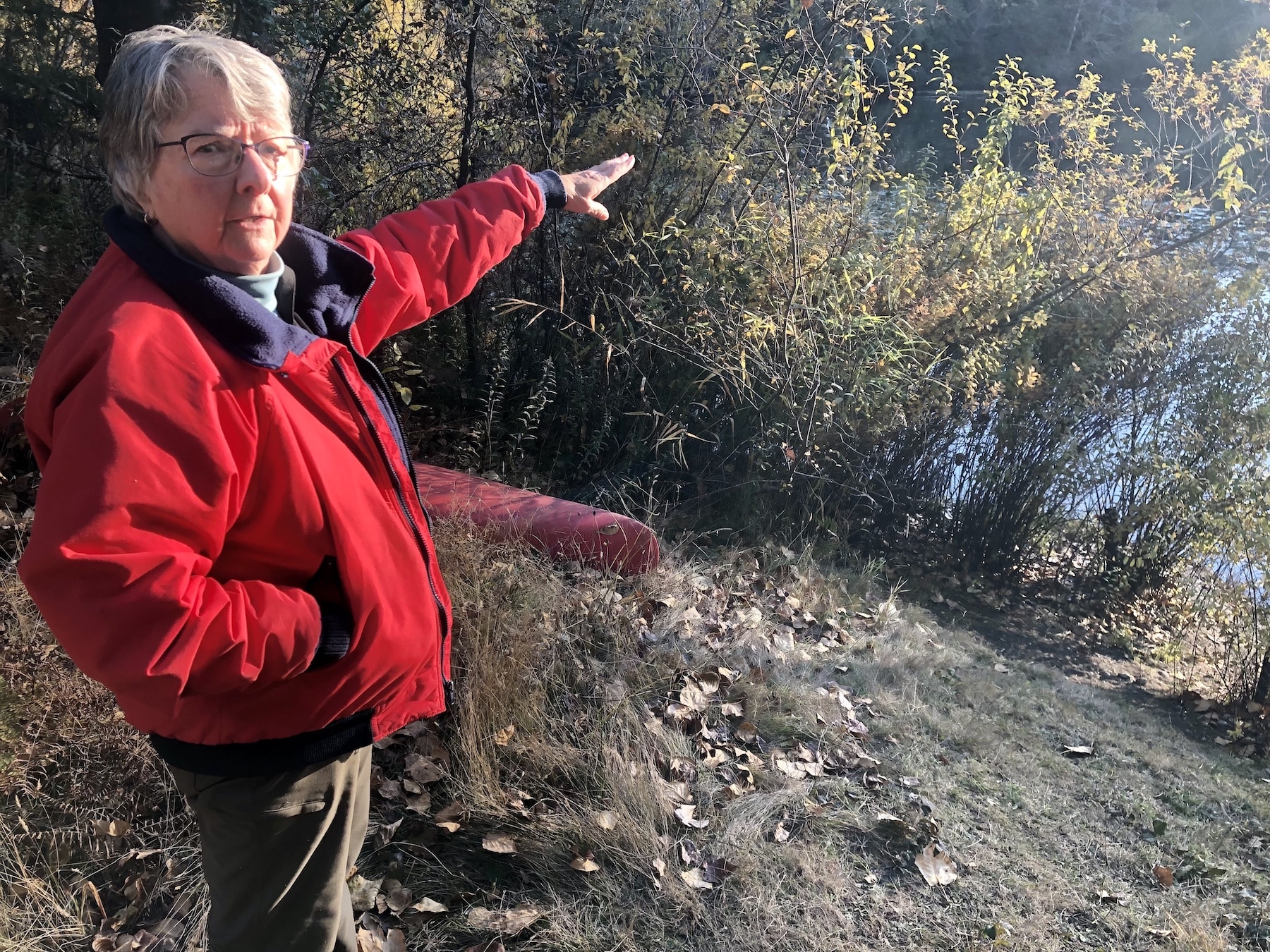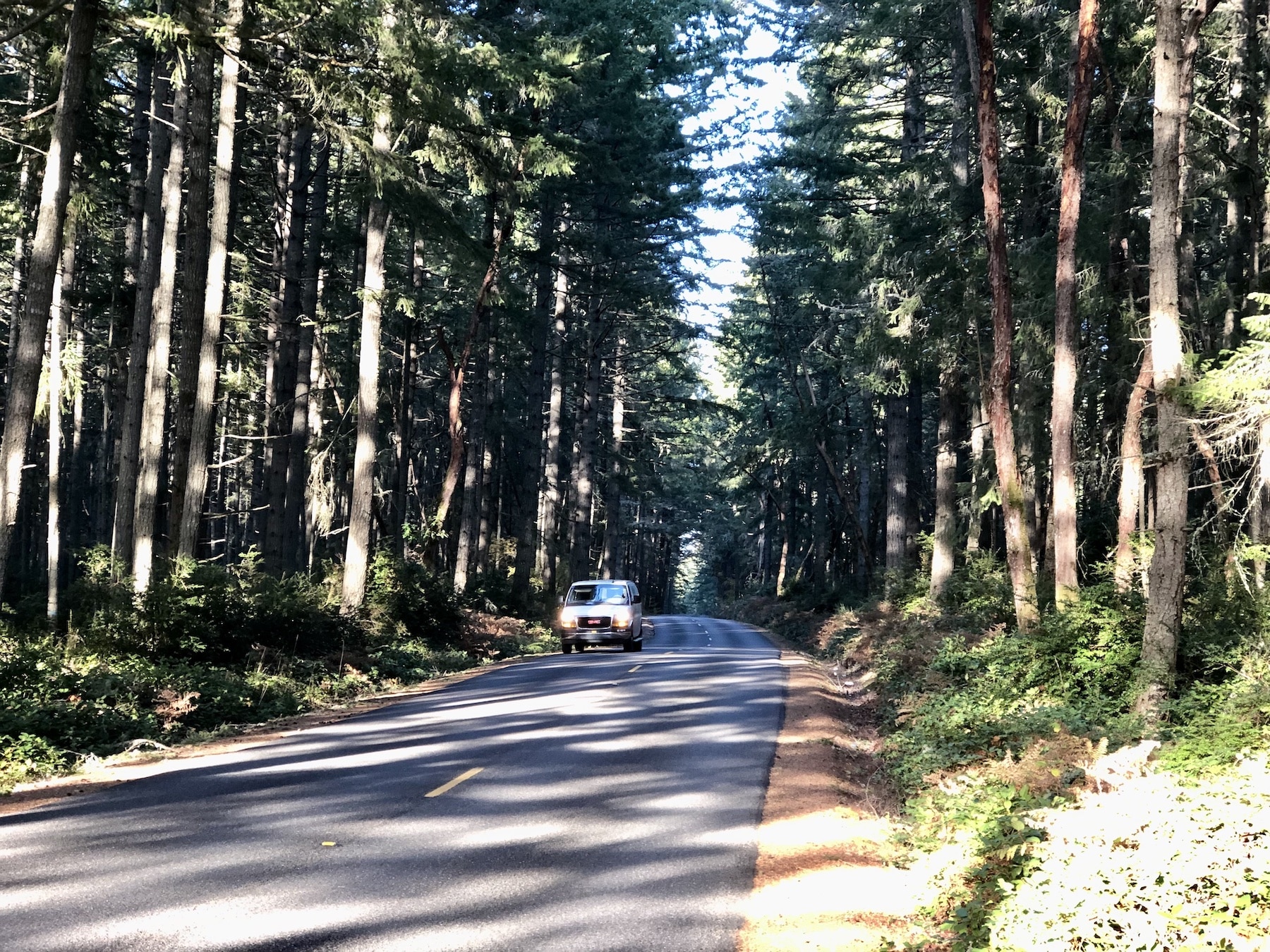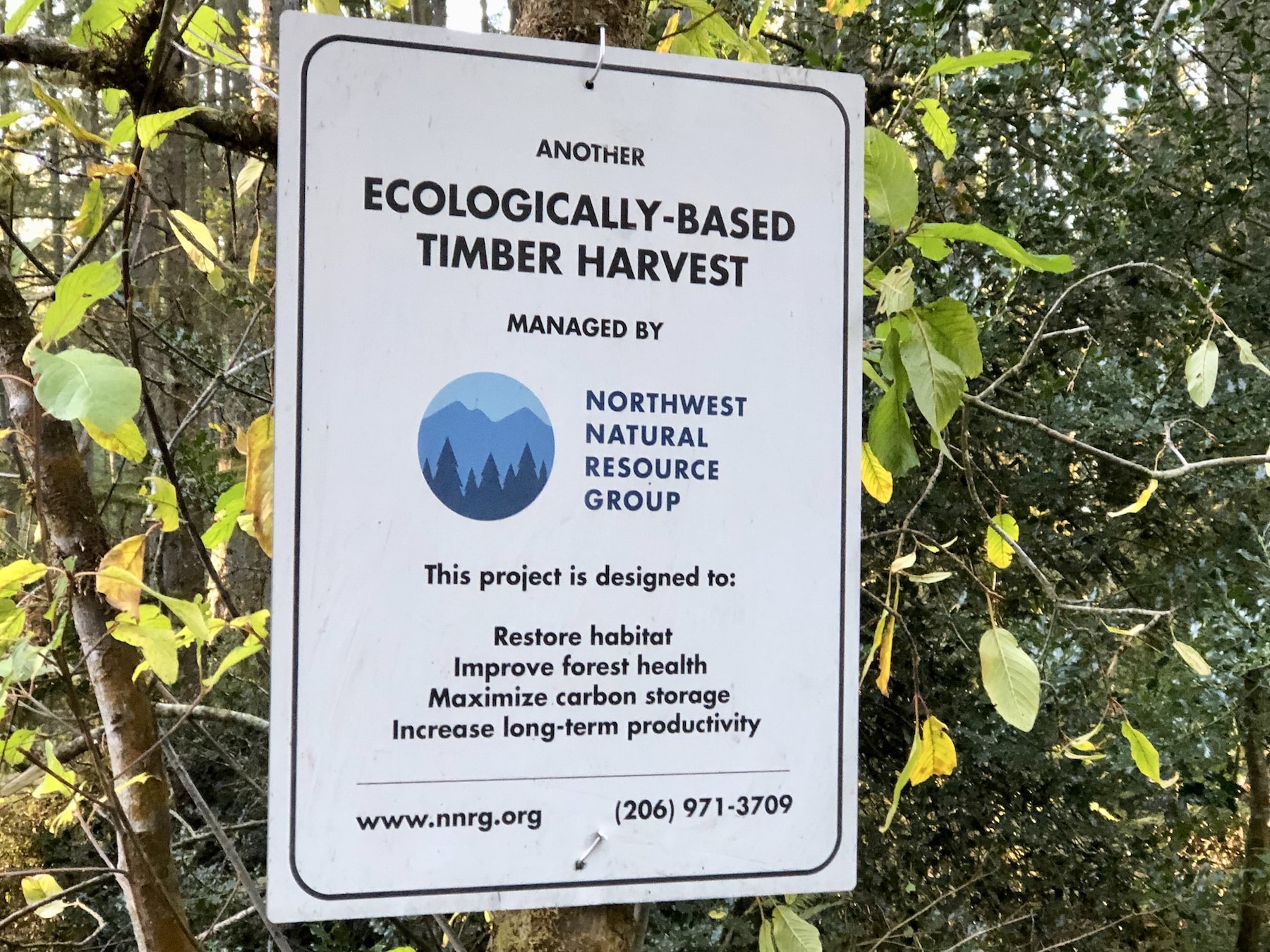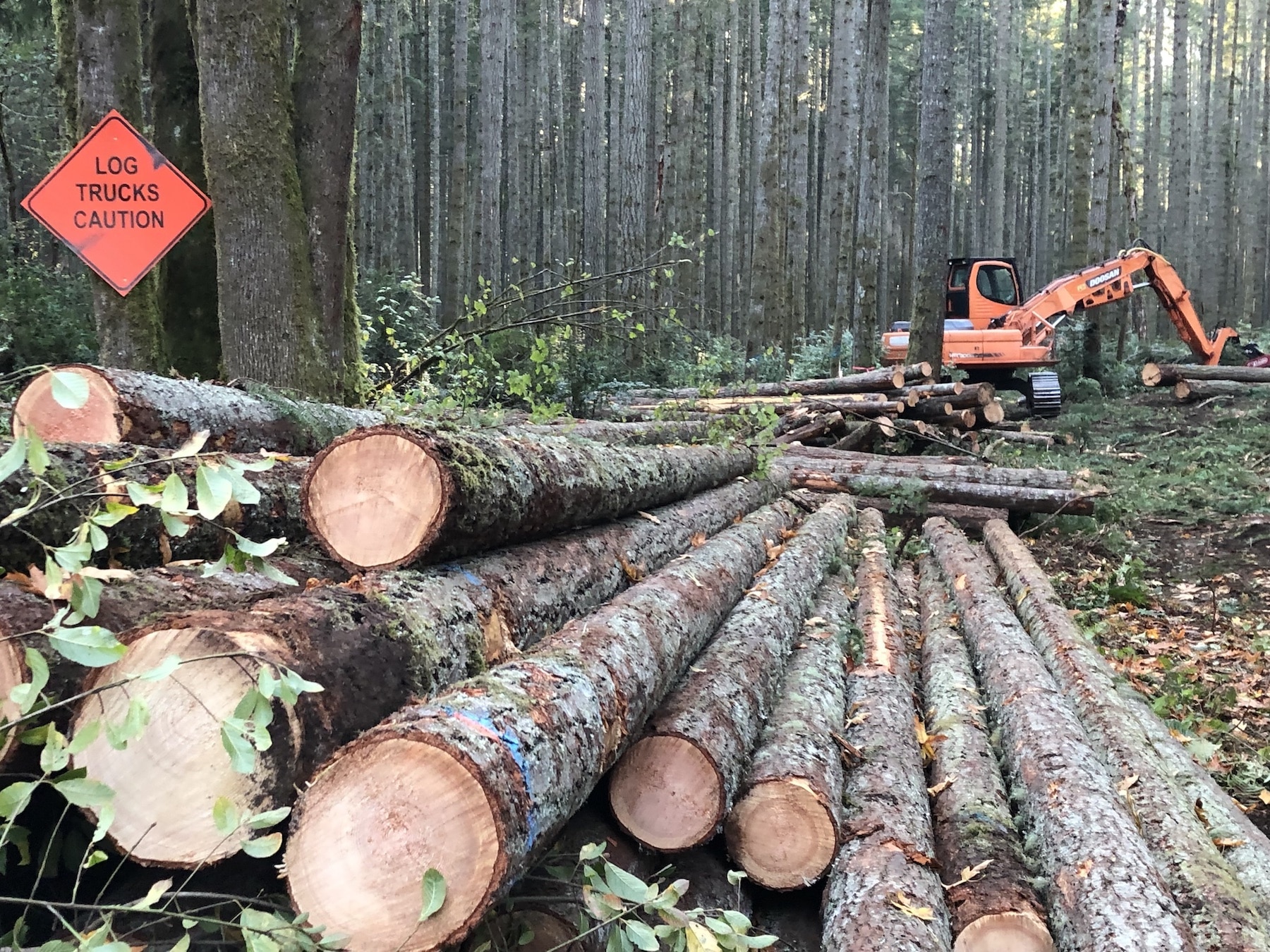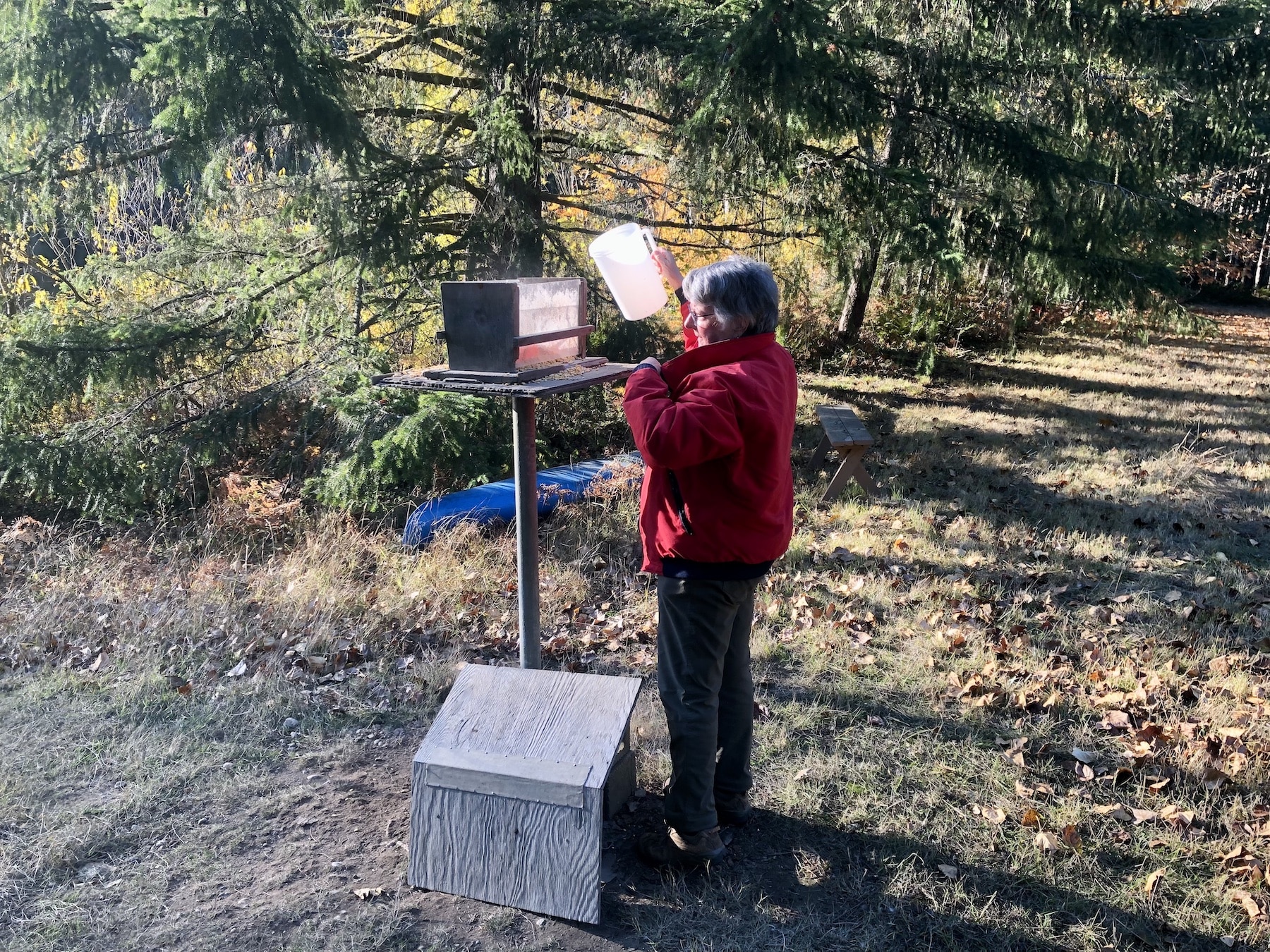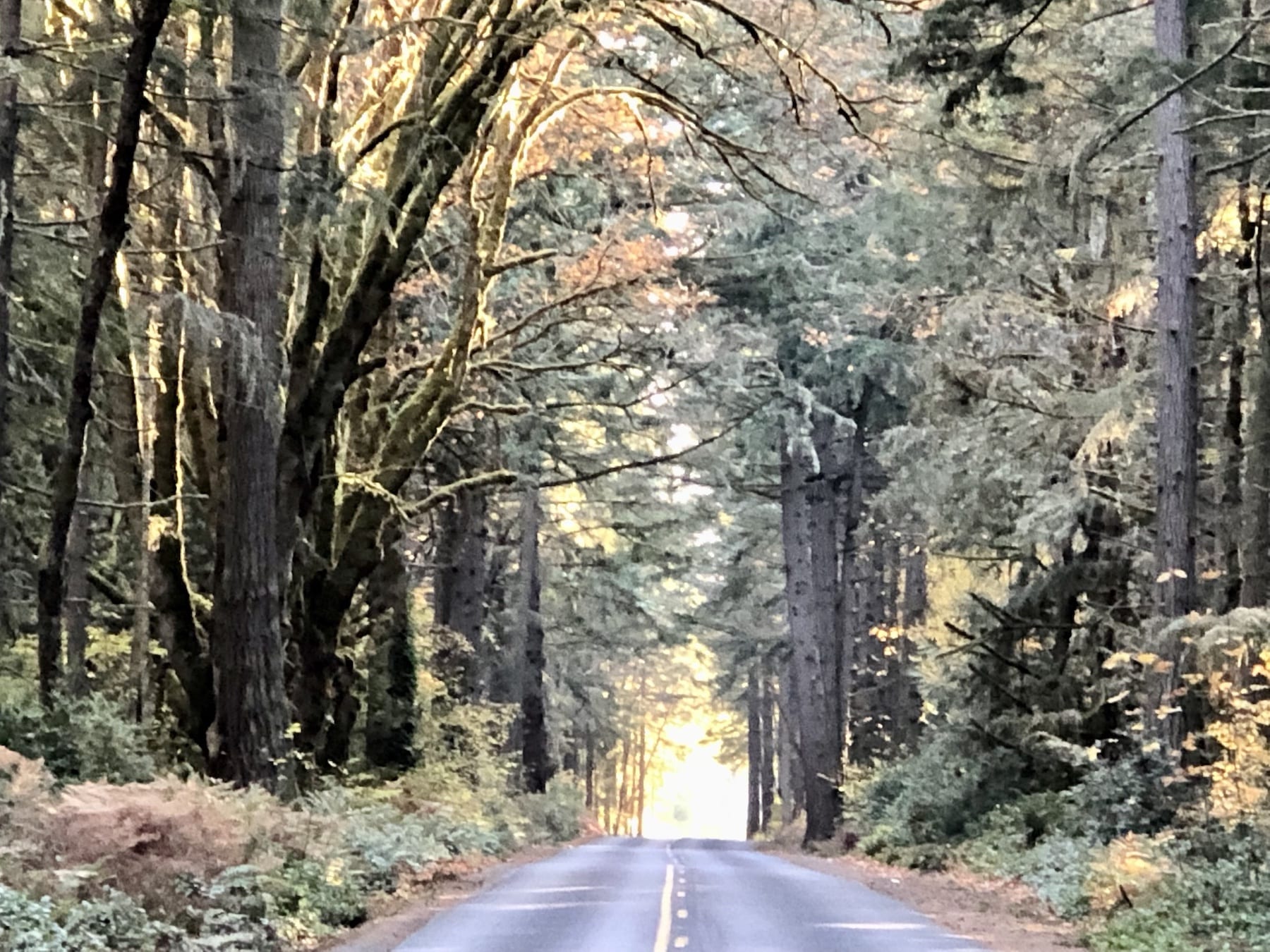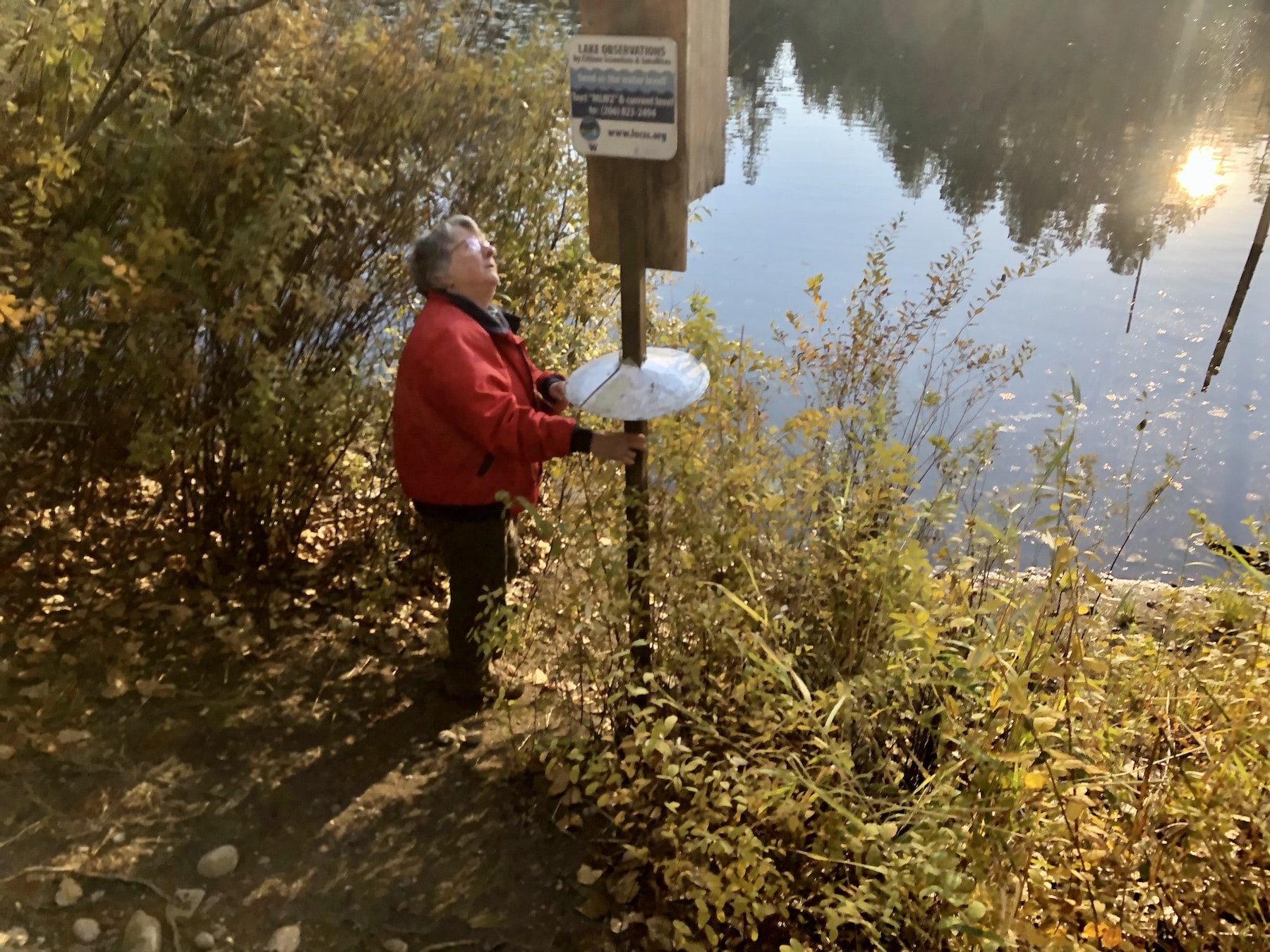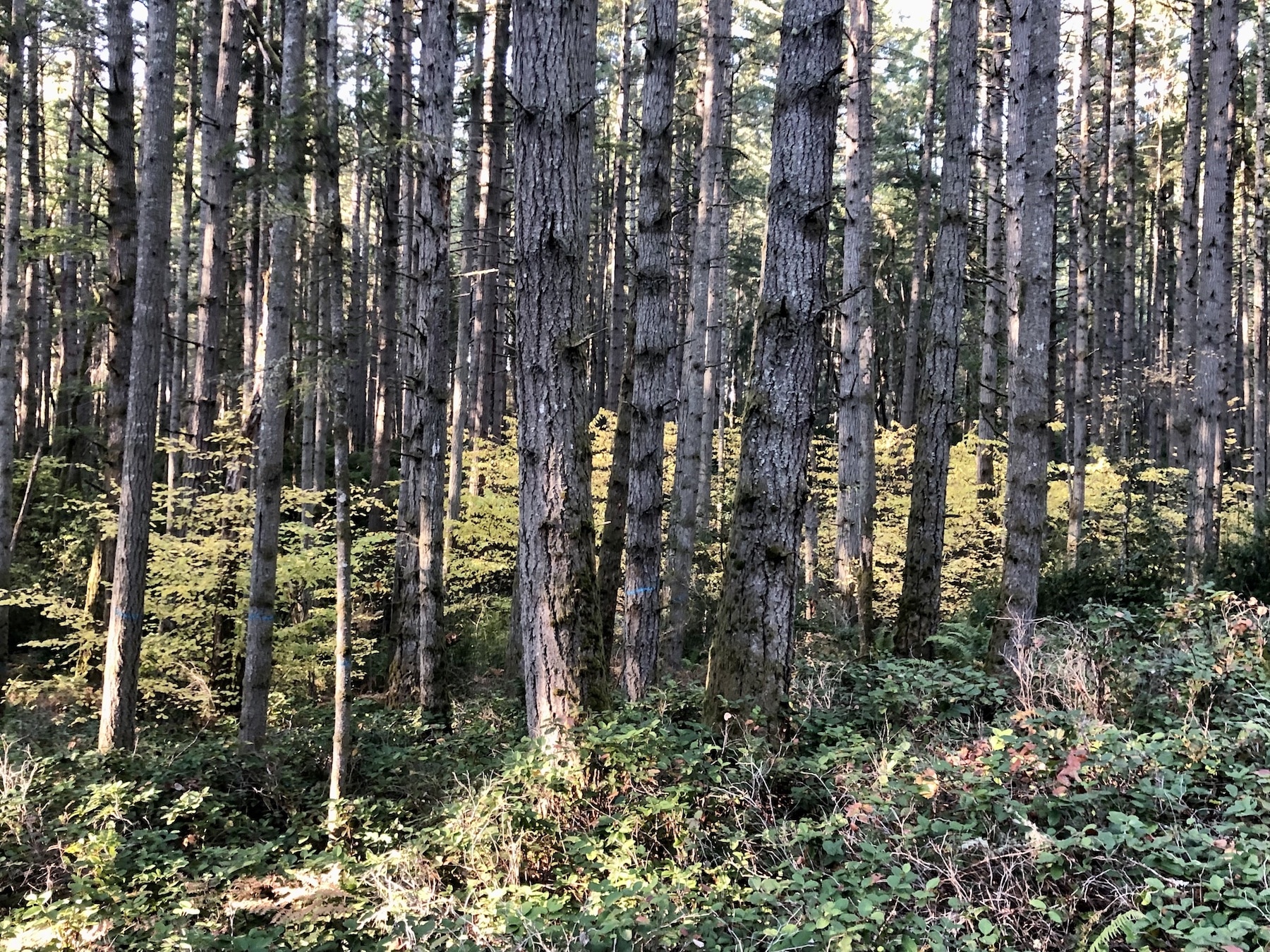Community Environment
Scenic Lombard Drive forest getting healthy trimming
Drivers traveling Lombard Drive last week expressed alarm that the pristine woods it bisects are being logged.
Relax. That’s the 185-acre Ellis Forest Conservation Easement. It can’t be developed. Ever. Trees are just being thinned to improve the forest’s long-term health.
Phyllis and daughter Margaret “Kit” Ellis in 1991 placed the property in a conservation easement, currently held by the Bremerton-based Great Peninsula Conservancy.
“It was important to (Phyllis) to keep it forested, so we needed to figure out an instrument that would make that clear and binding,” Kit said.
Phyllis bought the land in 1956 after the the government seized the family’s 63-acre New Jersey farm to make way for the Garden State Parkway. Mother, daughter and dog traveled across the country to where they had relatives in Tacoma.
History of the forest
The land was first owned by William Maloney, an Ontario immigrant who arrived in Tacoma in the 1880s, according to historical documents. He, wife Annie and son Frank settled on the property, which they farmed, in about 1901. Maloney died in 1937 at the age of 84.
The timber was logged in the 1940s and processed at a small sawmill beside 5-acre Maloney Lake, in the middle of the property. The Ellises expanded the former mill office, built in 1946, into the home where Kit, who was 11, finished growing up and later returned.
From the beginning, Phyllis felt charged with stewarding the property as a working forest subject to occasional thinning. The realtor presented a plat map showing 100 houses on the site. Phyllis wasn’t interested.
“She was one of those people who was land rich and cash poor,” said Kit. “Keeping the land for her own values was more important to her.”
Kit inherited that trait from her mother, who died in 1995 at the age of 77.
“I have the value of taking care of it with the new knowledge we have of how the world’s changing,” she said. “There are things we can do to help it get healthier than it is now and long into the future.”
A tunnel of trees
Lombard Drive is a milelong connector between Rosedale and Hunt streets, just outside the Gig Harbor city limits. The more arterial Skansie (46th) Avenue serves the same purpose. But it is slightly longer and not nearly as scenic.
Lombard runs almost entirely through the Ellis easement, tunneling under trees. They are all that is visible on both sides of the street. No houses in sight. Though it’s like driving through the Olympics, the forest is not as healthy as it appears.
Ellis, who taught chemistry at Seattle Central Community College, has become an expert about her property’s flora and fauna, and forest conservation generally. She served for several years with the Great Peninsula Conservancy, including as board president from 2018 to 20. She earned the Gary Allen Cunningham Conservation Award for her significant contribution to the group.
When it came to drawing up a management plan, however, she turned to Jaal Mann of Northwest Natural Resource Group.
“It wasn’t until fairly recently that I admitted benign neglect was not the best I could do for the forest, and I really needed to work with professionals who are keeping up with all the modern science about how to make a healthy forest,” Ellis said.
Ecological forestry
The Seattle-based nonprofit practices ecological forestry, spreads the word about its benefits and feasibility. It helps landowners put it into practice on their own forests. Ecological forestry mimics natural processes wherever possible and treats the forest as a whole system, according to the nonprofit’s website.
There’s a vast difference between ecological forestry and clear-cutting.
“There probably are valid reasons for both, but I’m really happy to have found people who think the way my mother did,” Ellis said. “We’re trying to save the largest, healthiest trees, keeping rather than cutting them the way forestry oriented toward getting as much money off the land as possible.”
The Ellis forest comprises mostly 50- to 60-year-old Douglas firs. It’s dense and hasn’t been managed since the early 1990s.
“The trees are competing for light and water and nutrients,” Mann said. “Light is the primary one on that site. So the trees are dying and falling over. There’s not much understory. The smaller trees are losing competition with the older ones and falling over. The larger ones are also getting stressed out by that competition and are not as healthy as they could be.”
Ellis’ goal is to help the forest be the best it can be under today’s climate, with higher temperatures and lower moisture stressing growing things.
“We’re just trying to react to those to make a really healthy habitat for plants and animals and to benefit the people also,” she said.
Adding diversity to the forest
The forest, with a single canopy, is more characteristic of a tree farm than natural woods that mix different types and sizes of trees, and snags and large downed wood that provide wildlife habitat. Workers won’t remove cedars, maples and madrones.
“We’re taking out Douglas fir, increasing the diversity of the forest and allowing large trees to grow larger and small trees to start growing, reducing the overstory,” Mann said, “getting closer to the old-growth characteristics you expect in a forest around here.”
Without thinning, the forest would eventually develop the old growth traits on its own, but more slowly and at greater risk.
“You increase the vulnerability to insects, drought, even wildfire,” Mann said. “That increased vulnerability period might last 60 years where trees are struggling, competing. By thinning, you’re taking out the vulnerable period so trees can grow rapidly now and get larger faster. You get a more diverse and larger forest faster than doing nothing, with higher odds of success because you’re reducing the period of stress on the trees.”
They’re giving Mother Nature a hand.
“The plan is for this to be a really high-quality forest in perpetuity,” Ellis said. “It’s intended never to be developed. And part of what goes along with that is increasing the diversity of plants that grow so it’s not just a Douglas fir forest. It will have more variety. There will be more shrubberies and ground covers. And that improves the habitat for all sorts of wildlife that have been getting crowded out by all the houses and grassy yards we’re making.”
Selective logging
Experts conducted an inventory of merchantable timber in the spring to determine the amount to be logged. Per the easement, no more than 10% can be removed during a 10-year period.
“That determined how the forester and forestry technicians could plan to do their magical work making choices about what trees can go, what trees should stay, what wildlife trees they want to keep. Some of the ugliest, most deformed ones are wonderful wildlife habitat,” Ellis said.
More than 10 percent needs to be removed to create prime growing conditions. So logging will focus on the worst areas.
“We’re taking out about a quarter to a third of the volume on the areas we’re working on, but we’re not going to thin the whole property,” Mann said. “Most of the property is in a similar condition. It’s a little unfortunate that we can’t thin it all right now because it would benefit, but those are the terms of the easement.
“We’re taking the smaller and less healthy trees, and in some cases larger ones come out if they’re competing with one another. The goal is that the trees that are left should be the healthiest and largest ones most equipped to thrive into the future.”
Mann and his crew trudged the property, marking trees to be spared. He submitted a forest practices plan for approval by the state Department of Natural Resources. The other trees are being logged in typical commercial thinning fashion. They’re felled, dragged by skidder to a central landing, processed into logs and loaded onto trucks. Work is now taking place west of Lombard, but areas on both sides will be addressed. The project could take three to four months.
Profit is not the goal
The work will more than pay for itself, though money is not the main goal.
“Wood is a valuable product and log prices are high, but we’re not deciding what practices to do with revenue generation in mind,” Mann said.
Last time the trees were thinned, decades ago, Phyllis employed a team of draft horses to minimize the damage. Equipment used now won’t be as gentle.
“These are careful guys who are going one tree at a time, cutting the trees, bringing them out gently so they don’t damage the trees being intentionally left,” Ellis said. “When the logging is done, the roads will be covered up and revegetated. As they move out of an area, we’ll replant with more trees and more shrubbery. It will be a nicer area than it was when we started.”
Not open to the public
The forest easement, defined legally as reserved for wildlife, is home to bears, coyotes, deer, rabbits, turtles and dozens of bird species. A large number of wood ducks frequent the lake. It is considered working land. Though parklike, it is private property and not open to the public.
Passers-by will see more light coming through the canopy and farther into the woods, and smaller trees growing up more quickly and occupying the middle canopy layer.
Mann said if he drove past the gorgeous forest and saw the logging, he’d be upset, too.
“I definitely understand people’s concerns,” he said. “It’s a beautiful forest they drive by all the time, and they’re worried to see it disappear or change. I would be worried, too. It will look pretty good, and people’s fears will not come to pass.”

